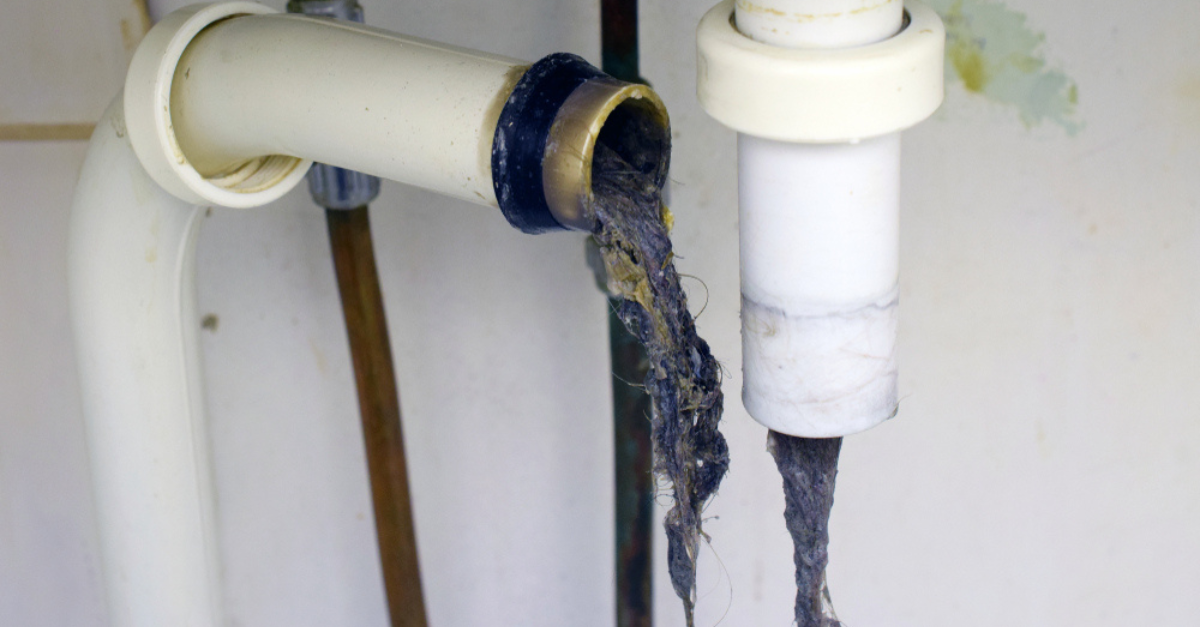"The Intricacies and Influence of Automotive Paint Technology"
Introduction: Automotive paint technology is a seemingly mundane but crucial aspect of the car manufacturing process. It not only affects a car's aesthetic appeal but also its longevity and resale value. This article delves into the history, present trends, and future implications of automotive paint technology.

A Historical Overview of Automotive Paint Technology
The history of automotive paint technology is a testament to the continuous evolution of the automotive industry. Initially, cars were painted manually using brushes and oil-based paint, a process that was time-consuming and lacked uniformity. In the 1920s, the introduction of spray painting revolutionized the industry, enabling faster, more uniform paint application. The development of acrylic lacquer in the 1950s and urethane paints in the 1980s further enhanced the durability and quality of automotive paint.
Innovations and Current Trends in Automotive Paint Technology
Today, automotive paint technology is a sophisticated field that employs advanced techniques and materials. Waterborne paints, which offer environmental benefits over solvent-based paints, are gaining popularity. High-solid paints, which have a higher proportion of solids and lower amounts of solvents, are also trending due to their superior coverage and environmental friendliness. Moreover, the use of paint robots ensures precision and uniformity, reducing waste and enhancing efficiency.
Impacts and Benefits of Advanced Automotive Paint Technology
Advanced automotive paint technology has significant impacts on the industry and consumers. From an environmental perspective, the shift to waterborne and high-solid paints reduces the emission of volatile organic compounds (VOCs), contributing to sustainability efforts. For consumers, advancements in paint technology mean increased durability, better aesthetics, and enhanced resale value.
Challenges in Automotive Paint Technology
Despite its benefits, automotive paint technology faces several challenges. Transitioning to waterborne paints necessitates significant modifications in the painting process, which can be costly for manufacturers. Moreover, achieving consistent color matching, especially in repairs, can be difficult due to variations in paint batches and application techniques.
The Future of Automotive Paint Technology
The future of automotive paint technology promises exciting developments. Self-healing paints, which can repair minor scratches and chips, are an active area of research. Additionally, the possibility of color-changing paints, which can alter their appearance based on external factors like temperature or light, could redefine car aesthetics.
Automotive paint technology, while often overlooked, plays a crucial role in car manufacturing and ownership. From the initial brush strokes to the high-tech paints of today, it continues to evolve, driven by the pursuit of efficiency, sustainability, and aesthetics. The future holds even more fascinating prospects, promising to add another layer of depth to our relationship with automobiles.




